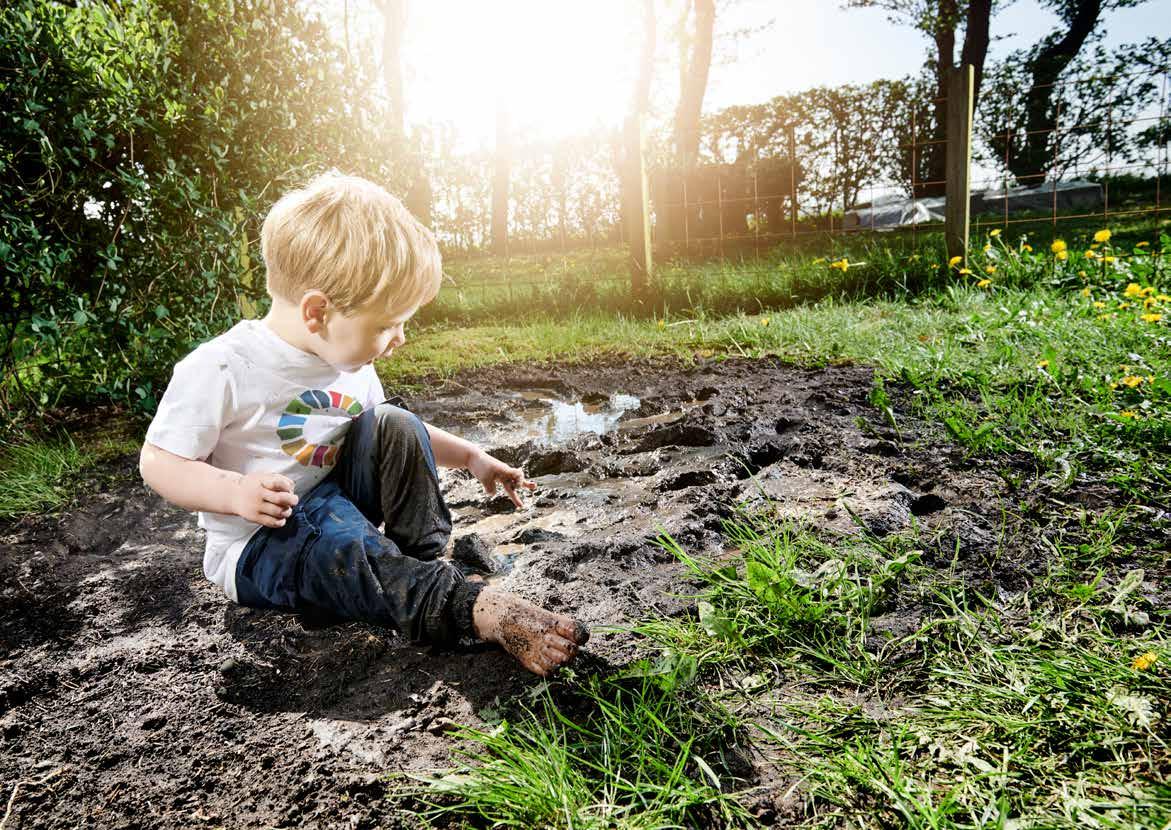
2 minute read
Clean water and soil
Soil pollution affects our drinking water, people’s health and the environment. This applies both to the contaminated megasites and to thousands of other smaller incidences of pollution left over from activities in previous years.
Soil pollution must not be allowed to constitute a risk to people, the environment and drinking water. For this reason, initiatives in relation to the water table and the thousands of citizens who live on polluted ground are quite simply essential. It is necessary to establish coherence and renewal in the environmental initiatives, by influencing national agendas, and through partnerships and citizen involvement.
Advertisement
There are around 10,000 areas of polluted soil in the region, and the work to deal with them is both lengthy and expensive. This means that a large number of citizens are forced to live with the drawbacks from polluted soil for many years. At the same time, new pollutants are constantly being identified in the water table; these threaten drinking water supplies, placing the waterworks under increased pressure to deliver clean drinking water.
Dealing with soil pollution is a complex process, which demands a high level of skill. The task of protecting our invaluable water table and surface water requires close collaboration and the establishment of shared knowledge that allows us to use our resources efficiently. That is why we enter into partnerships with other authorities and water supply companies on aspects such as initiatives to deal with pesticides, so as to ensure clean drinking water – both now and in the future.
Cleaning a given site requires good planning and smooth interaction with citizens. A number of examinations have to be performed before a site can be cleaned satisfactorily. Through collaboration and sharing knowledge with citizens, municipalities, knowledge institutions and public authorities, we are all sharing responsibility for the health and security of the citizens of our region.
The inherited contaminated megasites in Southern Denmark pose a particular challenge. Dealing with these problems will remain a key issue; for example, it is essential to ensure that citizens in Grindsted and people wishing to experience the countryside around Kærgård Dune Plantation and Himmark Strand (beach) can feel safe. As a consequence, these contaminated megasites demand innovative solution models and working relationships.
REGIONAL GOALS:
• Clean ground water. • Holistically oriented solutions with emphasis on clean drinking water, health and security for citizens. • Solving assignments through efficiency, innovation, partnerships and co-creation with citizens.
The substrategy for clean water and soil in the Region of Southern Denmark describes the region’s strategy for initiatives including mapping, examination and purification of polluted sites.
The annual action plan sets out the region’s specific prioritisation of individual sites.
This strategy track aims to contribute to UN Sustainable Development Goal no. 3 Good health and well-being, no. 6 Clean water and sanitation, and no. 14 Life below water.
Water’s worst enemy
Pollution with pesticides and solvents is one of the biggest threats to drinking water. In the Region of Southern Denmark alone, around 4,000 cases have been registered where action is required to protect the water table from soil pollution. These are cases that require examination, monitoring or actual purification of the source of the pollution.
More incidences of pollution in Southern Denmark
The number of mapped sites where pollution has been established or is suspected.








